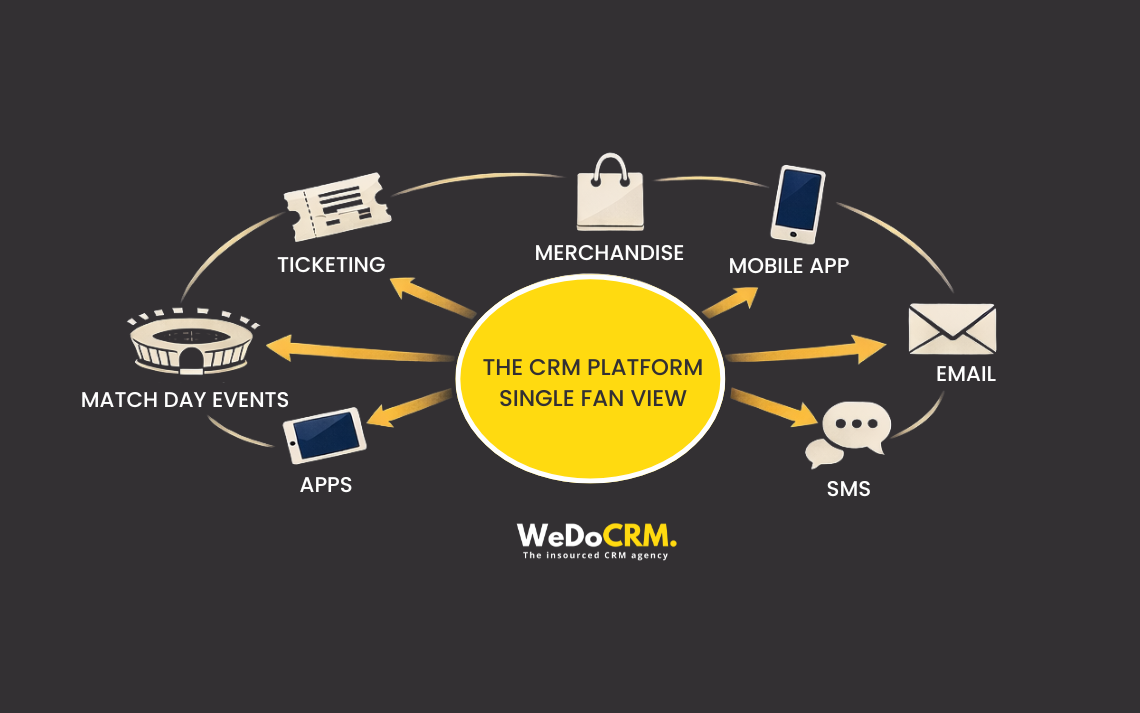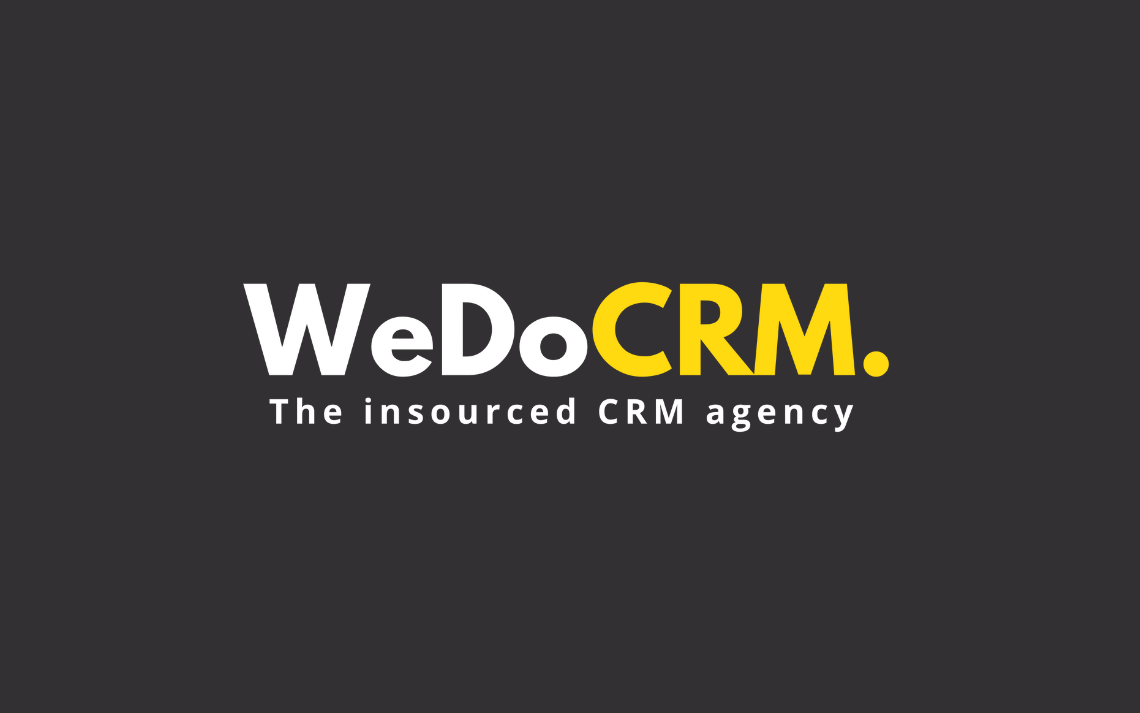You can’t really miss the overall sentiment in the retail sector; 2023-2024 will remain a tough market. Inflation remains at an all time high, squeezing most household budgets and directly impacting discretionary spending. It’s a very tricky market for most retailers.
In response to the decidedly gloomy forecast, many retailers have also tightened their belts. And as a result, we’ve already seen a number of redundancies in 2023, including Tesco and Wilko’s. So we imagine there are going to be plenty of teams out there this year that are smaller with fewer resources and a fraction of the budget.
So how retailers can make an impact in the current climate?
Our answer? Do more with less.
Yes, we know it sounds too good to be true. But from a CRM perspective, it isn’t. And we’ve put together a few ways you can maximise your return using CRM.
Be brutally honest about your MarTech stack
There are some seriously complicated MarTech stacks out there. We’re talking about multiple systems being used when one or two of them could do the whole job, as well as plug-ins that aren’t being used or haven’t been optimised. We’ve even seen different teams using two totally different systems, completely unaware that they could have worked from the same platform. That’s money wasted and no one source of truth. Madness!
If budget cuts are happening in your organisation, now might be the time to think realistically about your software and how you invest your money in the most efficient way. With some tinkering behind the scenes, these Frankenstein tech stacks can easily be simplified to save you money. Or even better, optimised for greater functionality, which adds incremental value to each customer in the base.
Here are some tips on how to approach your sales and marketing software needs.
Maximise your communications
Re-engaging and reactivating your existing customer base is more cost effective than acquisition. That’s because they already know who you are and will be more responsive than someone who’s new to the brand.
Plus, in CRM you won’t have an allowable set against these customers as they’ve already been acquired and you have them in the database, so the chances of them repurchasing are higher. Which means any impact on revenue is instantly recognised, rather than in three months’ time. Hurrah!
We’ve already written plenty on the different ways to maximise your communications on our blog, so we won’t deep dive into it here. A few key places to start should be creating a multi-channel marketing strategy, automating processes (a well-timed winback campaign, for example?) and personalised communications, particularly for your loyalty programme.
Which leads us nicely onto…
Get strategic with your PPC spend
In fact, take a long hard look at your PPC spending overall. It’s hugely expensive, and more often than not, you’re essentially paying to buy the same customers time and time again.
So be honest with yourself, are you really digging down into that data and analysing what’s profitable and what’s not? And if you invest in more cost-effective strategies, will dropping some of your PPC budget and allocating it to retention actually have the negative impact on your lead generation everyone’s frightened of?
We think you’ll be pleasantly surprised.
Crunch your stats ahead of Q4
We predict that this year, retailers are going to be focused more than ever on the potential boost November and December sales could bring. But in such a cautious climate, how do you encourage your customers to spend their limited budget with you?
This is a big one for us. We see a lot of retailers who don’t take them time to truly understand their customer behaviour. With so much riding on this period, use your time now to test propensity to buy so you can make the most of your busiest time of year.
Start by asking yourself these questions:
- How has your customer base changed YoY? How many active and dormant customers do you have compared to previous years?
- What was the full impact of your Black Friday and Christmas campaigns last year? That includes loss from returns and loss in margin from the discounts.
- What’s your lifetime value (LTV) of customers acquired through big events like Black Friday, compared to your best customers?
- How has your base responded to discounts this year compared to previous years?
- Most importantly, do you have access to this data? If not, why not?
Once you understand your customer behaviour, you can begin to make some predictions. And doing this now gives you time to test some strategies ahead of Q4, such as:
- How does your customer base respond to discounts vs targeted recommendations?
- Can you drive a higher cost per acquisition (CPA) per campaign?
- Does having multiple sales throughout the year impact your product value? Could you make your discounted events more exclusive?
And remember, there is always a percentage of the population that only spends when there’s a discount. These aren’t the customers you should be focusing your primary efforts on. Instead, use your data to think strategically about LTV, rather than on short-term wins that eat into your margins.
We’ll be publishing our recommendations on how to achieve a greater LTV in retail for each customer throughout the year. Watch this space!






